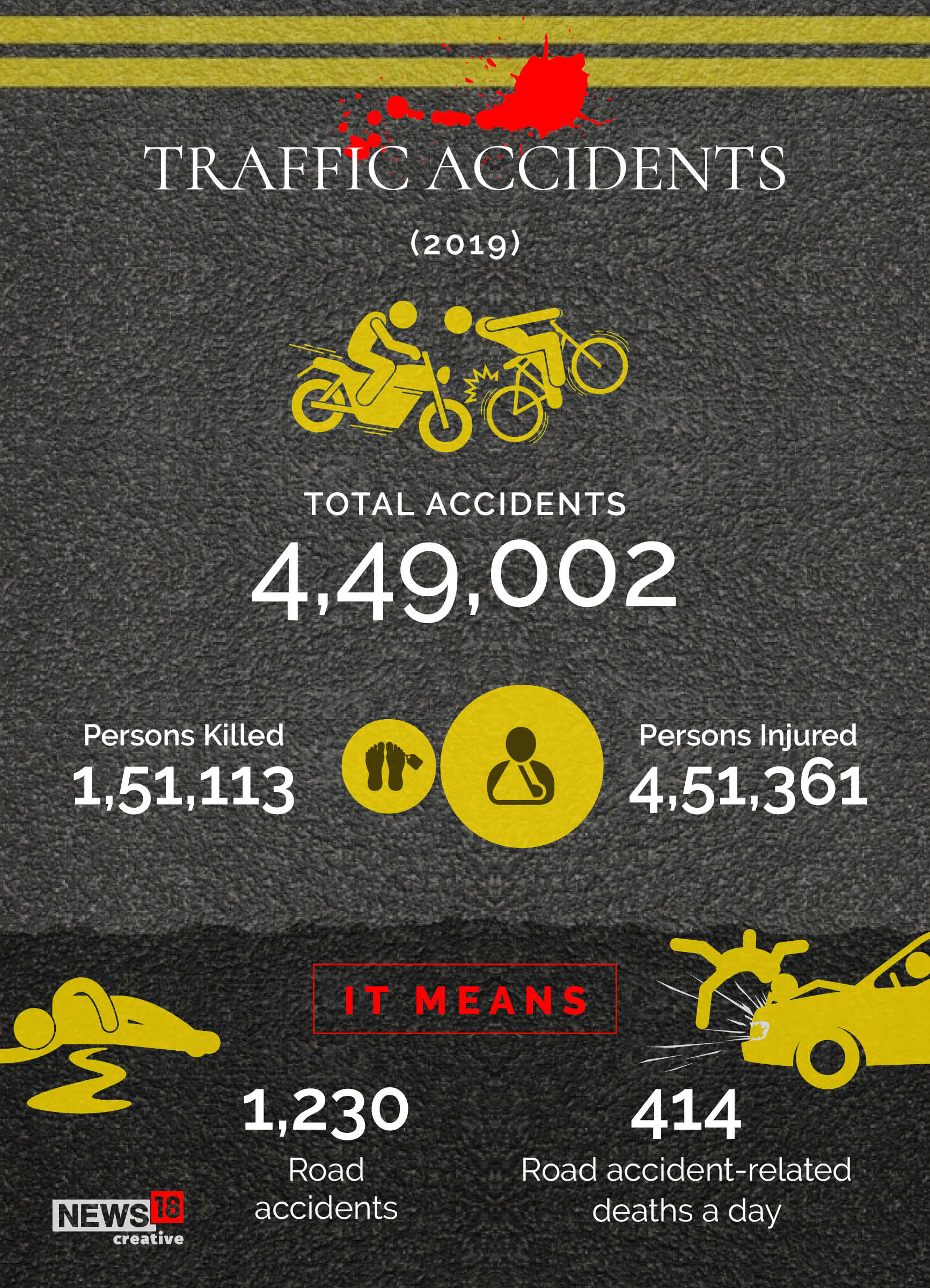
- #In 2008 speeding related crashes accounted for drivers
- #In 2008 speeding related crashes accounted for driver
#In 2008 speeding related crashes accounted for drivers
62% § of drivers ages 15–20 who were killed in motor vehicle crashes after drinking and driving were not wearing a seat belt.states (Note: Utah has a BAC limit of 0.05%). 17% of drivers ages 15–20 who were involved in fatal motor vehicle crashes had a BAC of 0.08% or higher-a level that is illegal for adults in all U.S.29% of drivers ages 15–20 who were killed in motor vehicle crashes had been drinking.Even though it’s illegal to drink alcohol or drive after drinking any alcohol for people who are under 21 years old, 2020 data revealed that: 17.Students who engaged in any of the other transportation risk behaviors measured by the survey were approximately 3–13 times as likely to have also engaged in driving after drinking alcohol at least once during the 30 days before the survey.
#In 2008 speeding related crashes accounted for driver
Riding with a drinking driver was higher among Hispanic students or students with lower grades.high school students rode with a driver who had been drinking alcohol at least once during the 30 days before the survey. Driving after drinking alcohol was higher among students who were older, male, Hispanic, or had lower grades.high school students who drove, 5.4% drove when they had been drinking alcohol at least once during the 30 days before the survey.

Results from the 2019 national Youth Risk Behavior Survey revealed the following: 12.2,18 Teen drivers have a much higher risk of being involved in a crash than older drivers at the same blood alcohol concentration (BAC), even at BAC levels below the legal limit for adults. Drinking any amount of alcohol before driving increases crash risk among teen drivers.35% of male drivers and 18% of female drivers (ages 15–20 years) who were involved in fatal crashes were speeding at the time of the crash in 2020.14–16 These risky driving behaviors appear to be worse when a male teenage passenger is present. Teens are more likely than older drivers to speed and to allow shorter distances from the front of one vehicle to the front of the next.high school students who drove, 39% texted or e-mailed while driving at least once during the prior 30 days. Distraction negatively affects driving performance for all drivers but can be especially dangerous for young, inexperienced drivers.Data from annual studies where researchers observe people’s seat belt use in cars indicate that seat belt use in the front seat among teens and young adults (16–24 years of age) is consistently lower than seat belt use among adults (25 years of age and older).high school students did not always wear a seat belt when riding in a car driven by someone else in 2019. Among teen drivers and passengers 16–19 years of age who were killed in car crashes in 2020, 56% † were not wearing a seat belt at the time of the crash.Teens and young adults often do not consistently wear a seat belt.



 0 kommentar(er)
0 kommentar(er)
